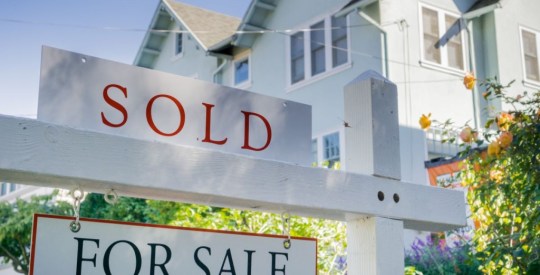As I continue to follow and write about developments affecting the housing market I cannot help but notice an increase in reports and supporting articles that question the strength of this important component of the general economy in America.
In a piece authored by John Mason in The Street dated Jul. 31, “How Fast Can the U.S. Economy Grow With So Many Delinquent Loans?” Mr. Mason points to a recent report by the Urban Institute, “… that analyzed the credit files of 7 million Americans shows why the U.S. economy may not be as strong as [another recent] report from the Commerce Department on second-quarter growth may have indicated.”
Mason’s article continues to state that the government reported that GDP rose at a seasonally adjusted 4% annual rate in the second quarter, as compared to a decline of 2.1% during the first quarter, which as we know was revised downward to a staggering 2.9% contraction. I have also reported on this here at HousingWire. There continues to be conflicting reports about just how “strong” our economic recovery is, or has been.
The Urban Institute, as noted by Mason, reported that about one-third of adults in America who have a credit file have a report of debt that is in collection.
And what is also noteworthy is that many low-income individuals and families do not have access to credit but still might well be delinquent on debts. It is estimated, according to the Urban Institute’s report that it is possible that as many as 40% of adults in the U.S. are delinquent on loans of one type or another, or several others.
This fact undermines the government’s rosy report regarding second quarter GDP growth. But that is hardly news in and of itself.
However, also taking a look at future housing prices across the nation, another article, this one penned by Mike Sorohan featured in MBA NewsLink on Aug. 4, “Housing Reports Mixed on Prices, Delinquencies,” quotes Clear Capital from their Home Data Index Market Report showing a “major shift” in home sales types. Sorohan noted that “… distressed sales fell in July to 18%, a ‘stark’ reduction since its peak of 40.8% in March 2011.”
But a key indicator in this article that the so-called housing “recovery” has been illusory is that Clear Capital noted that national yearly growth fell from 9% in June to 8.4% in July. Sorohan said in his piece that Clear Capital’s “forecast shows national home prices could rise by 1.5%, suggesting prices might not have the strength to stabilize.”
A vice president of research and analytics from Clear Capital was quoted by Sorohan as stating that, “Relatively speaking a national yearly growth rate of 8.4% is not alarming, but it’s the path by which we got there that is of concern.”
I completely agree, since the growth rate today is more than 3% lower than it was at the beginning of this year. And historically the summer months are among the most conducive to increases in sales, pushing economic growth.
Unfortunately, the housing market of recent years cannot be compared to previous cycles.
It is also important to note that many such reports do not take into full consideration the differences in market conditions from one part of the country to another. The inexplicable rise in house prices in the West, for example, is not replicated in other parts of the nation.
But because of space limitations and other factors, such as trends, looking at the nation as a whole still provides a good barometer for what is “real” and what is “Memorex.”



